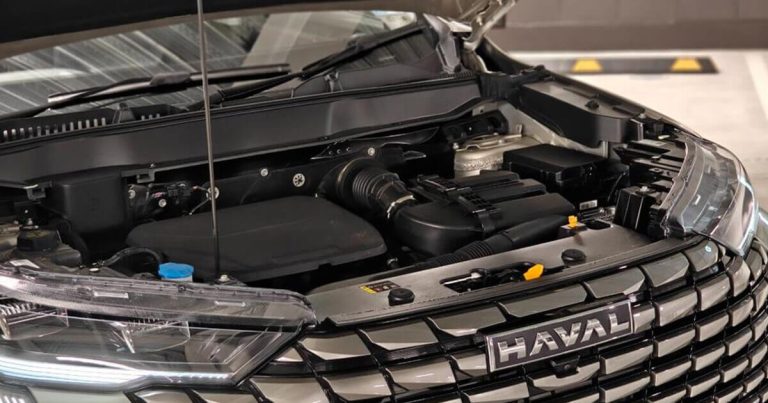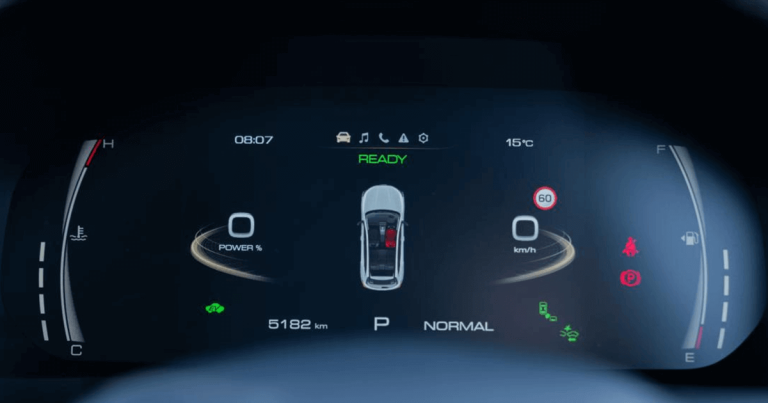Maintaining your car’s fuel efficiency goes beyond just keeping an eye on the engine and fuel type. One of the most overlooked yet critical aspects of car maintenance is wheel alignment and balancing. Especially in cities like Karachi, where roads can be uneven and traffic unpredictable, maintaining proper alignment and balance becomes even more crucial.
In this guide, we’ll explore how wheel alignment and balancing impact fuel efficiency, the key differences between the two, and the signs to look out for when your car needs attention.
What Is Wheel Alignment and Balancing?
Before diving into how they affect fuel usage, let’s clarify the terms:
Wheel Alignment:
This involves adjusting the angles of the wheels so that they are set to the car manufacturer’s specifications. Proper alignment ensures that your wheels are pointing in the right direction and are parallel to each other.
Wheel Balancing:
Wheel balancing refers to equalizing the weight distribution of the wheel and tire assembly. When wheels are properly balanced, they rotate smoothly without causing vibration or uneven wear.
Understanding the difference between them helps in identifying which service your vehicle actually needs.
Wheel Alignment and Balancing Benefits
Regularly maintaining both wheel alignment and balancing offers multiple benefits beyond smoother driving:
Improved Fuel Efficiency
Misaligned wheels cause the tires to drag instead of rolling smoothly, making the engine work harder and burn more fuel.
Extended Tire Life
Uneven tire wear from poor alignment or imbalance means you’ll need replacements sooner.
Enhanced Safety
Balanced wheels improve stability and control, especially at high speeds.
Smooth Ride Quality
Proper balancing eliminates steering wheel vibrations and reduces cabin noise.
Reduced Wear on Suspension
Misalignment puts pressure on your suspension and steering systems, leading to costly repairs.
Wheel Balancing Symptoms: What to Watch For
Identifying symptoms early can prevent further issues. Common signs include:
- Steering wheel vibrations, especially at high speeds
- Uneven tire wear
- Noisy or bumpy rides
- Poor handling
- Wobbling wheels
If you experience any of these, it’s time to get your wheels checked.
Wheel Balancing vs Wheel Alignment: The Key Differences
While both services improve your driving experience and protect your tires, they address different issues:
| Aspect | Wheel Alignment | Wheel Balancing |
|---|---|---|
| What it fixes | Steering pull, uneven tire wear | Vibrations, wobbling |
| Focus area | Suspension and steering angles | Tire and wheel assembly |
| Tools used | Alignment machines | Balancing machines with weights |
| Frequency | Every 10,000 km or after impacts | Every 5,000-10,000 km or with new tires |
Understanding the distinction helps car owners make the right call when heading for service.
How It Affects Fuel Efficiency
When your wheels are misaligned or imbalanced, your car requires more effort to maintain motion. Here’s how each issue contributes to reduced fuel efficiency:
Misalignment:
- Increased Rolling Resistance: Misaligned wheels don’t roll straight, causing friction.
- More Power Required: The engine works harder to overcome resistance.
- Reduced Aerodynamics: A car that doesn’t track straight faces more wind resistance.
Imbalance:
- Vibrational Loss: Vibrations cause energy loss in the drivetrain.
- Tire Deformation: Uneven contact with the road leads to inefficient energy transfer.
Studies show that poor alignment alone can decrease fuel efficiency by up to 10%, which is significant over time, especially with rising petrol prices in Pakistan.
Why This Matters for Drivers in Karachi
Karachi’s roads can often be full of potholes, speed bumps, and uneven patches. These conditions make it more likely for a vehicle to fall out of alignment or lose balance quickly. Given the high fuel prices and frequent commutes in the city, keeping your wheels aligned and balanced can lead to notable long-term savings.
How Often Should You Get Alignment and Balancing Done?
- Wheel Alignment: Every 10,000 km or sooner if you notice pulling, uneven tire wear, or after hitting potholes.
- Wheel Balancing: Every 5,000-10,000 km, especially when installing new tires.
Routine checks at the best place for car maintenance in Karachi, such as certified Haval service centers, ensure your car stays efficient and safe.
Tips for Better Wheel Maintenance
To get the most out of your car’s wheel alignment and balancing:
- Drive Carefully: Avoid potholes and road obstacles when possible.
- Check Tire Pressure: Low pressure can lead to imbalances.
- Regular Inspections: Include alignment and balancing checks in your vehicle maintenance service routine.
- Stick to Service Intervals: Follow your car manufacturer’s service schedule.
Lastly…
Keeping your wheel alignment and balancing in check isn’t just about a smoother ride—it’s about driving smarter and more economically. From reducing fuel costs to prolonging your tires’ life, the benefits are well worth the effort.
If you’re looking for expert vehicle repair motors or want to boost your car’s efficiency, don’t overlook your wheels. Visit a trusted Haval service center in Karachi for professional advice and high-quality maintenance.
After all, a well-aligned and balanced car isn’t just more efficient; rather, it’s safer, smoother, and more enjoyable to drive every day.




